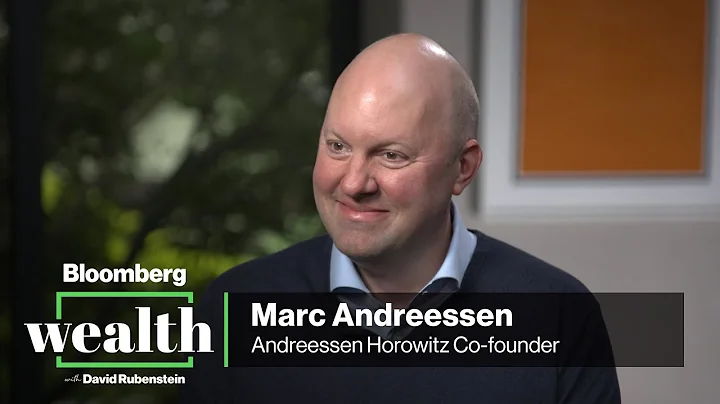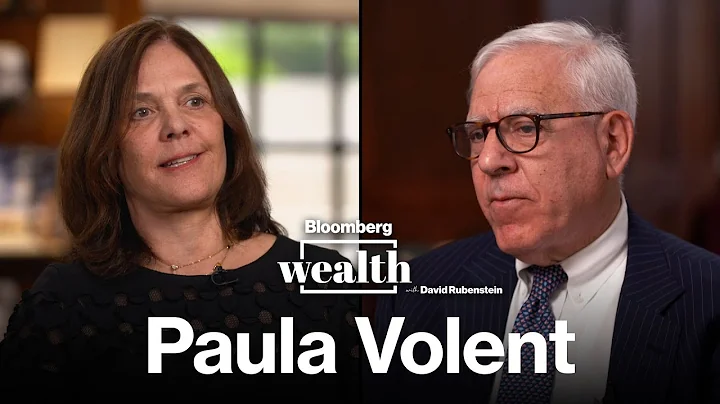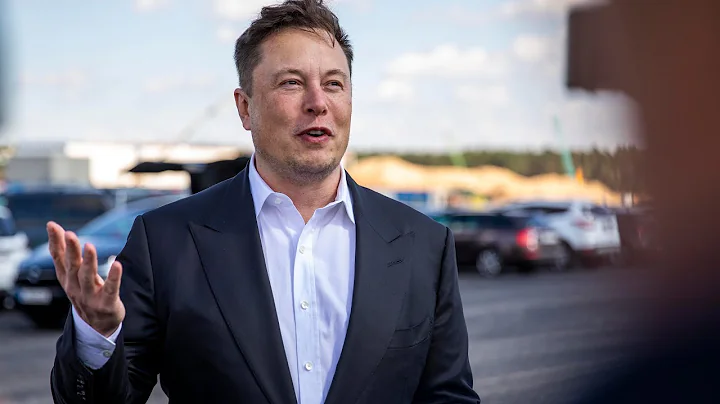David J Rausen
age ~55
from Westport, CT
- Also known as:
-
- David Jacob Rausen
- David Jacob Rauss
- David J Rausan
- David Jacob N
David Rausen Phones & Addresses
- Westport, CT
- Boulder, CO
- Fort Collins, CO
- 612 Lawrence St, Ann Arbor, MI 48104 • 7342229826
- Denver, CO
Us Patents
-
Systems And Methods For Delivery Of Gases To Algal Cultures
view source -
US Patent:20120107792, May 3, 2012
-
Filed:Mar 18, 2010
-
Appl. No.:13/257565
-
Inventors:Guy Robert Babbitt - Fort Collins CO, US
Michael Ryan Buehner - Fort Collins CO, US
David Jacob Rausen - Fort Collins CO, US
Richard Charles Schoonover - Fort Collins CO, US
Christopher Wayne Turner - Windsor CO, US
Bryan Dennis Willson - Fort Collins CO, US
Peter Michael Young - Fort Collins CO, US
David Eli Sherman - Fort Collins CO, US
Jason Charles Quinn - Fort Collins CO, US -
International Classification:C12Q 3/00
C12M 1/36 -
US Classification:435 3, 4352866
-
Abstract:Photobioreactors according to embodiments of the present invention deliver nutrient gas intermittently to the photobioreactor media. In some embodiments, one or more gases are delivered according to a duty cycle or timing pattern. According to some embodiments, algae is grown in a photobioreactor using intermittent introduction of carbon dioxide. In other embodiments, carbon dioxide is supplied to algae grown in a photobioreactor in whole or in part from a head space above the media of the photobioreactor.
-
Model Based Controls For Use With Bioreactors
view source -
US Patent:20120107921, May 3, 2012
-
Filed:Jun 26, 2009
-
Appl. No.:13/001306
-
Inventors:Bryan Dennis Willson - Fort Collins CO, US
Michael R. Buehner - Fort Collins CO, US
Peter Michael Young - Fort Collins CO, US
David Jacob Rausen - Fort Collins CO, US
Guy Robert Babbitt - Fort Collins CO, US
Rich Schoonover - Fort Collins CO, US
David Eli Sherman - Fort Collins CO, US -
Assignee:COLORADO STATE UNIVERSITY RESEARCH FOUNDATION - Fort Collins CO
SOLIX BIOFUELS, INC. - Fort Collins CO -
International Classification:C12M 1/36
C12M 1/38
A01G 1/00 -
US Classification:4352865, 47 14, 4352861, 4352866
-
Abstract:Embodiments of the present invention include model-based controls to control photobioreactor operation and the growth of algae for use as a biofuels feedstock. In some embodiments, the model-based control can accounts for future conditions such as weather, product pricing, customer demands and/or other variables to operate the reactors in a manner that optimizes product revenues, minimizes costs or energy, maximizes photosynthetic or energy balance efficiency, and/or any combination of the aforementioned factors.
-
Automated Manual Transmission Clutch Controller
view source -
US Patent:59933500, Nov 30, 1999
-
Filed:Dec 1, 1997
-
Appl. No.:8/980539
-
Inventors:Robert E. Lawrie - Whitmore Lake MI
Richard G. Reed - Royal Oak MI
David J. Rausen - Denver CO -
International Classification:B60K 4102
F16H 338 -
US Classification:477 5
-
Abstract:A powertrain system for a hybrid vehicle. The hybrid vehicle includes a heat engine, such as a diesel engine, and an electric machine, which operates as both an electric motor and an alternator, to power the vehicle. The hybrid vehicle also includes a manual-style transmission configured to operate as an automatic transmission from the perspective of the driver. The engine and the electric machine drive an input shaft which in turn drives an output shaft of the transmission. In addition to driving the transmission, the electric machine regulates the speed of the input shaft in order to synchronize the input shaft during either an upshift or downshift of the transmission by either decreasing or increasing the speed of the input shaft. When decreasing the speed of the input shaft, the electric motor functions as an alternator to produce electrical energy which may be stored by a storage device. Operation of the transmission is controlled by a transmission controller which receives input signals and generates output signals to control shift and clutch motors to effect smooth launch, upshift shifts, and downshifts of the transmission, so that the transmission functions substantially as an automatic transmission from the perspective of the driver, while internally substantially functioning as a manual transmission.
-
Automated Manual Transmission Shift Sequence Controller
view source -
US Patent:6019698, Feb 1, 2000
-
Filed:Dec 1, 1997
-
Appl. No.:8/980683
-
Inventors:Robert E. Lawrie - Whitmore Lake MI
Richard G. Reed - Royal Oak MI
David J. Rausen - Denver CO -
Assignee:DaimlerChysler Corporation - Auburn Hills MI
-
International Classification:B60K 4102
B60K 102
F16H 5900 -
US Classification:477 5
-
Abstract:A powertrain system for a hybrid vehicle. The hybrid vehicle includes a heat engine, such as a diesel engine, and an electric machine, which operates as both, an electric motor and an alternator, to power the vehicle. The hybrid vehicle also includes a manual-style transmission configured to operate as an automatic transmission from the perspective of the driver. The engine and the electric machine drive an input shaft which in turn drives an output shaft of the transmission. In addition to driving the transmission, the electric machine regulates the speed of the input shaft in order to synchronize the input shaft during either an upshift or downshift of the transmission by either decreasing or increasing the speed of the input shaft. When decreasing the speed of the input shaft, the electric motor functions as an alternator to produce electrical energy which may be stored by a storage device. Operation of the transmission is controlled by a transmission controller which receives input signals and generates output signals to control shift and clutch motors to effect smooth launch, upshift shifts, and downshifts of the transmission, so that the transmission functions substantially as an automatic transmission from the perspective of the driver, while internally substantially functioning as a manual transmission.
Get Report for David J Rausen from Westport, CT, age ~55








